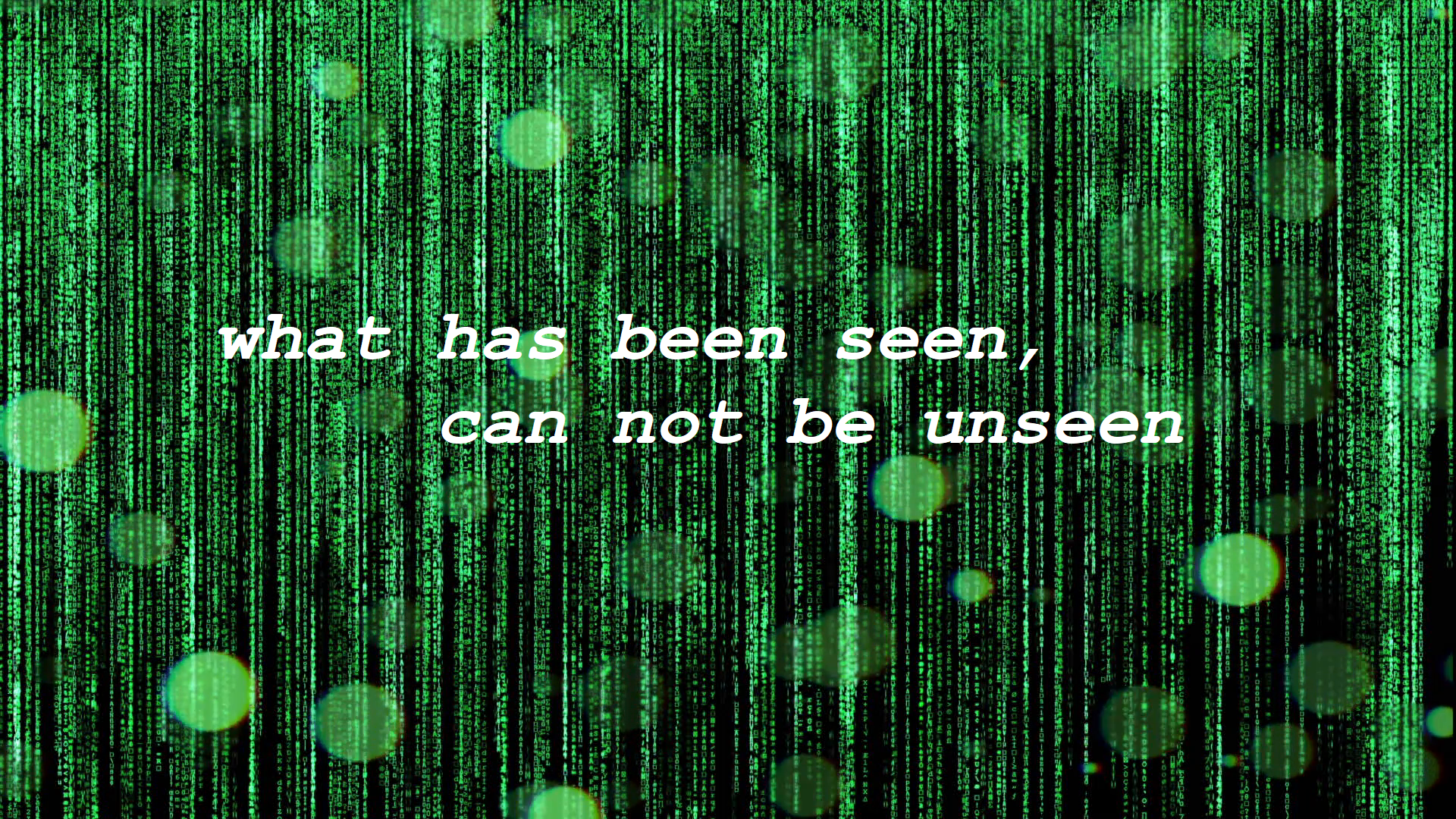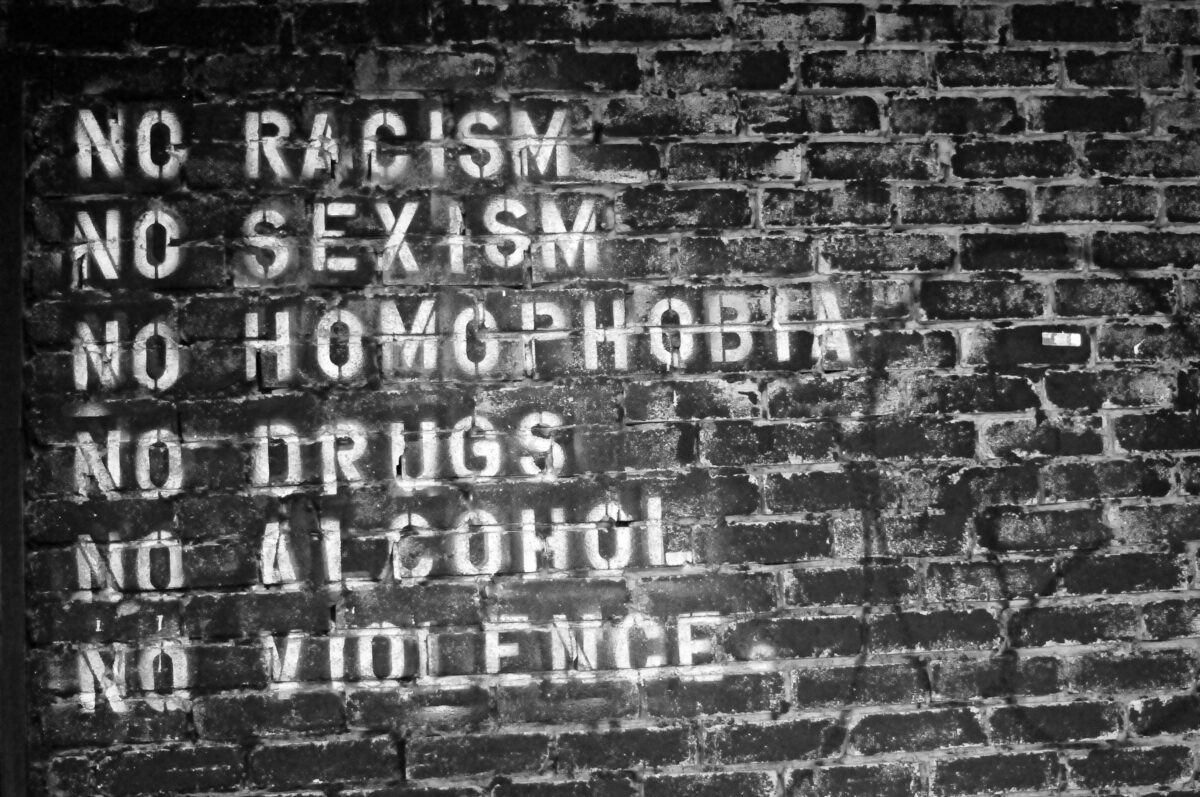Recently someone asked me how I am affiliated with the Red Pill movement. Baffled by this question, my answer was, “I am not.” After a short exchange, I understand how the idea might arise that I am part of the movement, and I want to address that here shortly, so people who want to find out may find it via google or looking at my website. This is not a topic that bothers me a lot, but I’d like to give people an easy way to find out.
What is the Red Pill movement?
The Red Pill movement is a group of individuals who espouse various beliefs and ideas, many of which are controversial or considered fringe. Many people who identify with the red pill movement believe in traditional gender roles and consider feminism harmful to society. Other vital topics within that community are the research of conspiracy theories and sometimes controversial views on race or ethnicity.
It’s important to note that the Red Pill movement is not a homogenous group, and the beliefs and views of its members, which is already a stretch to consider them as members, can vary widely. Some people who identify with the movement hold more extreme or controversial views, while others have more moderate or mainstream viewpoints. While the majority of Red Pillers are men, some women also identify as Red Pill; most of them consider themselves traditional women and argue that women are brainwashed into not pursuing family life, which ultimately leads to unhappiness when women are past their prime and can’t find a suitable partner anymore.
The Red Pill is generally considered to be on the right side of the political spectrum and the left is pushing hard to put it into the far right corner.
The origins of the red pill as a symbol
The term “red pill” comes from the science fiction movie “The Matrix,” in which Neo, the main character, is offered a choice between taking a red pill and a blue pill by Morpheus. The red pill would allow him to see the world as it really is, while the blue pill would allow him to continue living in ignorance. I already wrote about another idea from the movie in the Matrix Metaphor.
The symbol of the red pill is far older than the Red Pill movement and stands for the effort of trying to see the world as it really is, instead of how we perceive it through our conditioning or even how we wish it to be. It symbolises the search for the truth, even if it is difficult or unpleasant. Since its inception, the red pill has been associated with “waking up,” which is an even older concept that can be found in many spiritual practices and philosophies – with stoicism being the most prominent one.

The controversy
Within the Red Pill community, many topics are not aligned with the current climate of political correctness and some ideas are perceived as backwards oriented. Therefore the community has a bad reputation in many places.
The most prominent example is Gender Roles: The big topic that blew up the presence of the movement on social media channels is the relationship between women and men. They point out that women prefer men that fill a traditionally male role, meaning being a provider and protector, while they themselves don’t want to fill the role of traditional women.
The solution that the men in the community propagate is to focus on becoming a high-value man (high-income, healthy, and experienced) with enough options to pick the woman he wants. The most significant controversy is that many Red Pillers point out that a man who built himself into that high-value man will probably not pick a career woman, a woman who slept with many men or a woman beyond her prime years when looking for a wife. This stance is considered misogynistic and oppressive of women, despite making sense on a biological and psychological level.
This controversy and others are used on purpose to generate hype on social media as both sides of the argument have enough ammunition to use. The discussion usually only scratches the surface and doesn’t reach the necessary depth to reach deeper insights.
FraGue and the Red Pill
So what is it with me and the red pill? I love to use it as the symbol it is in the original movie. I try to live my life based on reality and truth, not wishful thinking. Seeing the world as it is, is imperative to assess your situation and map out the course into the future you desire. Misjudging your actual situation will make it impossible (or at least very hard) to define the steps that lead to your goals. I often refer to this mindset as brutal honesty.
So whenever I refer to the red pill or recommend someone to take it, I suggest finding a more realistic view of the world instead of projecting wishes or dreams onto reality. Having these dreams and wishes is the right thing to do, but knowing we are most likely not there yet, is the difference between someone who took the pill and those who didn’t.
I neither support nor renounce the Red Pill movement as I am aware that within this movement, there is light and shadow, as everywhere else. I am not affiliated with the movement in any way.




